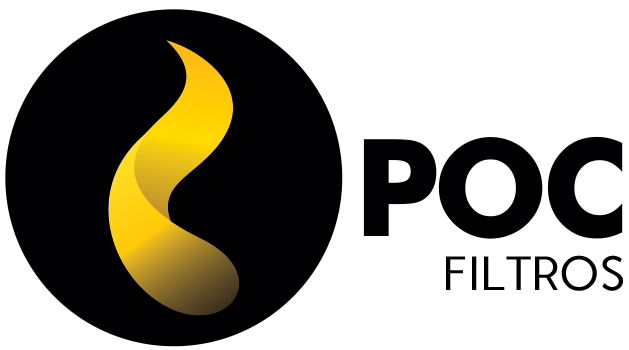To work well, machines and equipment depend on the joint work of various components. One is hydraulic oil, a lubricant of great importance for the overall performance of machinery.
The main function of hydraulic oil is to be a means of transmitting energy and exchanging heat. In addition, it also lubricates and favors the movement of parts, seals the air inlets and outlets, in addition to filling the gaps between the components.
For these reasons, hydraulic oil filtration is more than necessary. To give you an idea, about 75% of system failures are caused by irregularities and oil contamination. This is mainly due to the loss of its lubricating properties, which increases wear and impairs the service life of the parts.
In order to guarantee the good performance of lubricating fluids, oil filtration has emerged as the ideal solution. By combating oil contamination, filtration is able to prevent failures in pumps and valves, loss of efficiency due to internal leaks and unnecessary oil changes.
The types of hydraulic oil filtration
Several types of filters are available on the market, each one with its particularities and benefits. Although many experts recommend the combined application of filters, it is necessary to pay attention to the functions of each type. Check out:
Suction filters
Located before the pump inlet connection, the function of these filters is to protect the pump from fluid contamination. The suction filters can be submerged in the oil or mounted externally (which facilitates maintenance). As they have elements (refills) open, the suction filters are not suitable for primary protection against contamination.
Pressure filters
Filters in this category are located after the pump and preserve the pressure system. Some of its advantages are the specific protection of the components, the separation of the sediments generated by the wear of the pump and the general cleaning of the system. In addition, pressure filters allow the use of highly efficient and fine filtration elements.
Return filters
Return filters are recommended when the pump is a sensitive component in the hydraulic system. They are usually installed just above the reservoir and are thus the last components that the oil passes through before entering it. This type of filter captures sediment generated by the wear of parts and particles that enter the seals.
Offline or Auxiliary Filtering
This method consists of an independent filtering subsystem mounted separately from the hydraulic system. Formed by a pump, filter, electric motor and connection system, the offline system works outside the working lines. Through the filter, the fluid circulates continuously in and out of the reservoir, which keeps its contamination levels under control.
Another operation possible through off-line filtration is to direct the pressurized oil from the line to the filter without using a pump and / or an electric motor. As with the first method, this option also filters the oil and returns it to the tank in good condition.
The importance of planning
In addition to knowing how to choose the ideal hydraulic oil filtration method, it is important to carry out prior planning and apply it throughout the process. Such planning consists of schematizing the filtering steps, carefully analyzing the results obtained and making the necessary adjustments so that the ideals of performance and production are achieved.
Thus, it becomes possible to increase the performance of oil filtration to the maximum. The benefits of this for the machinery are diverse: by reducing the friction and wear of the parts, the equipment has an extended service life and an increase in its availability. In addition, this type of maintenance reduces costs with future downtime and corrective interventions.
Do you want to know more about the types of filtering and which one to use? Just contact one of our experts!



